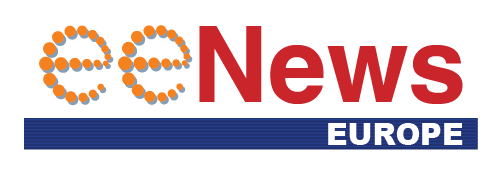
Locating subsea transmission cables with high precision and reliability
“Searching for cables underwater is extremely difficult. Without the right tools, you may as well be looking for a needle in a haystack,” says Dr. Jude Castelino, a geophysicist who is a researcher and project manager at Fraunhofer IWES
Offshore wind farms are playing a vital role in the energy transition, with at least 30 gigawatts’ (GW) worth of offshore wind energy set to be installed in German waters by 2030. Transporting the electricity generated by offshore wind farms from the North Sea and Baltic Sea to the land requires undersea cables that establish a connection to the onshore grid. Numerous countries including Germany have strict requirements for installing undersea cables, and operators have to factor these in during the planning stage. As an example, a post-burial survey (PBS) must be conducted to provide evidence that the actual position of a cable once it has been laid matches up with what had been planned. The aims of this kind of action include protecting existing infrastructures and preventing damage being caused by future construction activities. As offshore wind farms and other offshore infrastructure projects become more widespread, it is not unusual for cables to cross over one another — and this is only set to become more common in the future. Additionally, bottom currents and the resulting movements in sediment can lead to the positions of cables installed a few meters under the seabed changing over time. For this reason, cables need to be mapped before new infrastructures can be installed or repair work can be carried out. Acoustic or magnetic methods have been the tools of choice in this until now, but they are costly and demonstrate reliability issues.

This means that existing systems cannot have their cables surveyed over extensive areas or need the electricity to be switched off while cables are being surveyed. In the joint SASACD project, abbreviated for Seismo-Acoustic Synthetic Aperture Cable Detection, Fraunhofer IWES is working with the University of Bremen and TenneT Offshore GmbH to develop a novel, reliable, extensive, and cost-effective measuring system. The seismo-acoustic imaging method locates offshore cables with precision in the top layers of seabed sediment, allowing maintenance work to be planned more effectively and making offshore wind farms more reliable and economical to run. Fraunhofer IWES in Bremen is coordinating the project and is funded by the German Federal Ministry for Economic Affairs and Climate Action (BMWK).
 If you enjoyed this article, you will like the following ones: don't miss them by subscribing to :
eeNews on Google News
If you enjoyed this article, you will like the following ones: don't miss them by subscribing to :
eeNews on Google News





